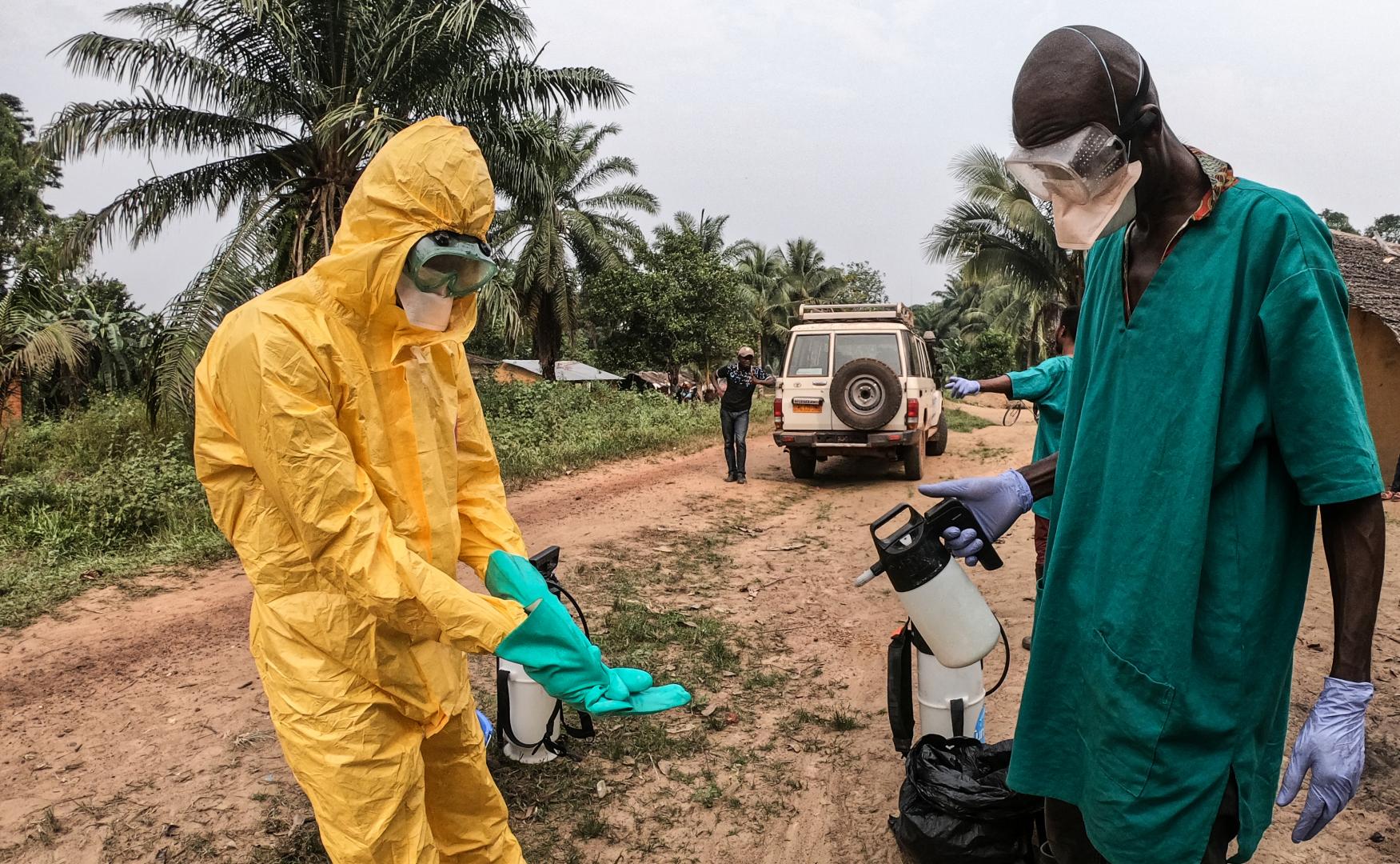Ebola virus disease, or EVD, is a dreadful disease that causes high fever, rash, red eyes, and bleeding from the nose and gums. It’s a hemorrhagic fever that can lead to death in 40-90% of cases. EVD outbreaks typically occur in remote areas with poor hygiene and limited access to medical care. The primary reservoir host for the virus is fruit bats. Humans become infected with the virus through contact with infected animals or another human who has been exposed to the infection. There are no vaccines for Ebola or any other strain of EVD; however, there are treatments available which include blood transfusions, intravenous fluids and electrolytes, and antiviral drugs such as ZMapp.
What is the current situation in Uganda?
The UN World Health Organization (WHO) said on Tuesday that a sample taken from a 24-year-old man was identified as the relatively rare Sudan strain.
It is the first time in more than a decade that the Sudan strain has been found in Uganda, which also saw an outbreak of the Zaire strain of Ebola virus in 2019.
The latest outbreak follows six suspicious deaths in Mubende district so far this month. Eight suspected cases are receiving care in a health facility.
Dr Matshidiso Moeti, World Health Organization Regional Director for Africa, said that the UN agency was working closely with Ugandan authorities to investigate the source, and support efforts to control it.
“Uganda is no stranger to effective Ebola control”, she said. “Thanks to its expertise, action has been taken to quickly to detect the virus and we can bank on this knowledge to halt the spread of infections.”
Why is Uganda so poorly equipped to deal with this crisis?
Uganda has been poorly equipped to deal with previous outbreaks of ebola for several reasons. Firstly, there is only one laboratory in Uganda capable of testing for Ebola. That laboratory is in the capital city of Kampala. There are also limited supplies of protective equipment for the medical personnel treating patients with Ebola. In addition, there are only a small number of health care workers in Bwamanda and the surrounding area who are trained to treat patients with Ebola. Also, remote locations of the outbreak typically make it difficult to transport medical personnel, supplies, and laboratory samples to and from the area.
Ebola virus disease, or EVD, is a dreadful disease that causes high fever, rash, red eyes, and bleeding from the nose and gums. It’s a hemorrhagic fever that can lead to death in 40-90% of cases. EVD outbreaks typically occur in remote areas with poor hygiene and limited access to medical care. The primary reservoir host for the virus is fruit bats. Humans become infected with the virus through contact with infected animals or another human who has been exposed to the infection. There are no vaccines for Ebola or any other strain of EVD; however, there are treatments available which include blood transfusions, intravenous fluids and electrolytes, and antiviral drugs such as ZMapp. Now is the time for the world to unite for the people of Uganda. It is crucial to increase funding for research on vaccines and treatments for EVD. It is also essential that funding be provided to support the health care response to the EVD outbreaks in Uganda.
Image Credit: World Health Organization (WHO)



















